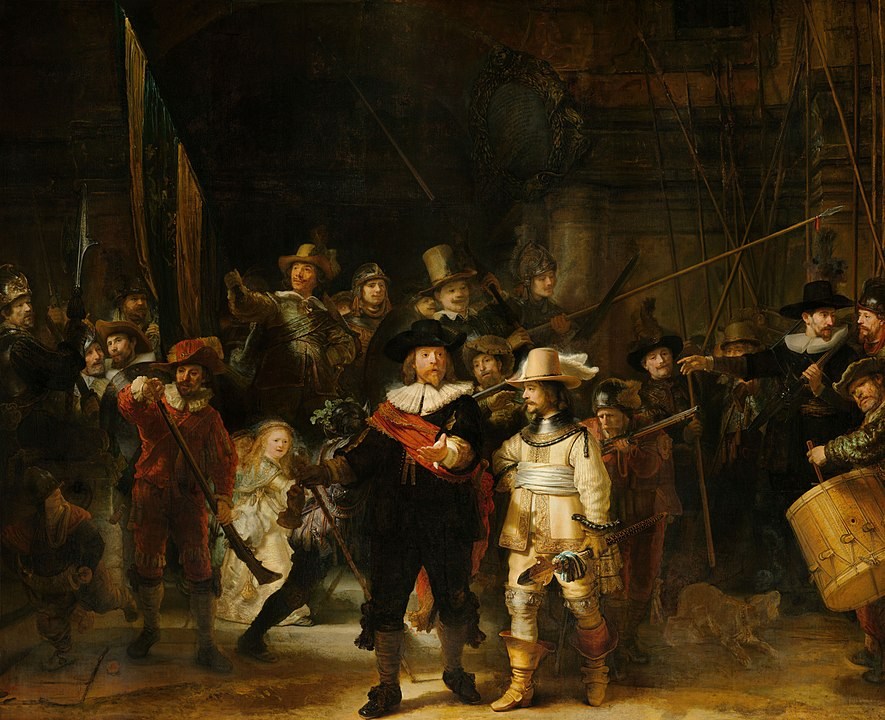A group of researchers from the University of Antwerp is currently busy examining the Night Watch by Rembrandt using a scanner they developed themselves.
The painting is undergoing a thorough examination before a planned restoration.
The outsized painting was painted in 1642, and has hung in its current home in the Rijksmuseum in Amsterdam since 1808.
Its full title is Militia Company of District II under the Command of Captain Frans Banninck Cocq, but it is also known as The Shooting Company of Frans Banning Cocq and Willem van Ruytenburch. It is not a night scene at all, despite its popular title; it was originally covered with a layer of dark varnish when first displayed in the Musketeers’ Meeting Hall in Amsterdam.
The painting is now about to undergo a major restoration, the last having been in 1976, and leading up to that, it will be the subject of an in-depth examination.
“We are making thousands of photos at ultra-high resolution,” Robert Van Langh, head of conservation at the museum, told Belga. “With scanners and lasers scientists are examining the canvas at microscopic level”.
While the work is going on, the painting is hanging in a glass cube, still visible to museum visitors while the research is going on.
The team from the University of Antwerp’s AXES research group (Antwerp X-ray Analysis, Electrochemistry and Speciation) will use a special scanner they designed themselves to use x-rays to study the painting.
“The rays fall on the crystal structure of the pigments in the painting,” explained the team’s Geert Van Snickt. “The x-rays are bent and reflected back, resulting in a unique pattern characteristic to a crystal. That way it’s possible to identify the crystalline pigments without touching the painting. The scanner also provides important information on the conditions of the layers of paint, and on the so-called degradation products, which over the course of time cause chemical reactions in the paint.”
The information provided by the x-ray scanner will give the restoration all the information they need on the state of the existing paint, to allow them to begin restoration. The Antwerp team has produced this video to explain the process.
Alan Hope
The Brussels Times

